
E-mail: font@focusonnature.com
Phone: Toll-free in USA 1-888-721-3555
or 302/529-1876
 |
PO
Box 9021, Wilmington, DE 19809, USA E-mail: font@focusonnature.com Phone: Toll-free in USA 1-888-721-3555 or 302/529-1876 |
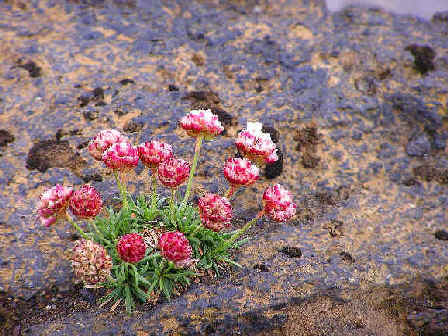 Chile
Plants
Chile
Plants
with those during
Focus On Nature Tours
noted with an (*)
1990 thru 2015
during the months of October,
November, & December
The following list compiled by Armas Hill
Upper right photo: THRIFT, Armeria maritima, a plant of the Magellanic
Moorland
(photographed during a FONT tour by Cheryl
Pearce)
There have been 19 FONT birding & nature tours in Chile.
The famed Chilean poet, Pablo Neruda, was quoted as saying:
"Who doesn't know the Chilean forest, doesn't know this planet".
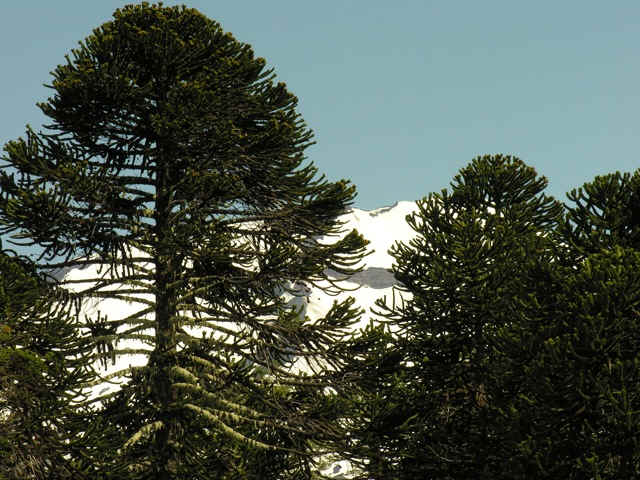
Araucaria Trees, Araucaria
araucana
with a volcano in the background
during the FONT tour in southern Chile in November 2011
(photo by Frank Stermitz)
Links:
Upcoming FONT Birding & Nature Tours in Chile Upcoming FONT Tours Elsewhere
A List & Photo Gallery of Chile Birds, in 2 Parts Mammals of Chile (with some photos)
Amphibians & Reptiles in Chile (with some photos)
Other Photo Galleries & Lists of Plants
Directory of Photos in this Website
![]()
The great variety of climates and natural environments in the long, narrow
country of Chile enables there to be a very diverse flora. There are over 4,600
known species of flowering plants in the country.
In 1994, eight zones of vegetation were described, generally from north to
south:
1 - desert
2 - high Andean steppe
3 - matorral and sclerophyll woodland
4 - decidous woodland
5 - Valdivian laurel-leaved forest
6 - forest in the Patagonian Andes
7 - Magellanic rainforest, bogs and moorland
8 - Patagonian steppe
The following are the Regions in Chile, from north to south
15 - Arica-Parinacota
1 - Tarapaca
2 - Antofagasta
3 - Atacama
4 - Coquimbo
5 - Valparaiso
M - Metropolitano (the Santiago area)
6 - O'Higgins
7 - Maule
7 - Biobio
8 - Araucania
9 - Los Rios
10 - Los Lagos (including Chiloe Island)
11 - Aisen
12 - Magallanes
A List of the Diverse
Plant-life of Chile by Region:
Plants
in the MEDITERRANEAN MATORRAL and SCLEROPHYLL FOREST
in central Chile, from the Coquimbo to the
Biobio Region
Including scrubs on the semi-arid, sunny slopes of
the Coastal Range
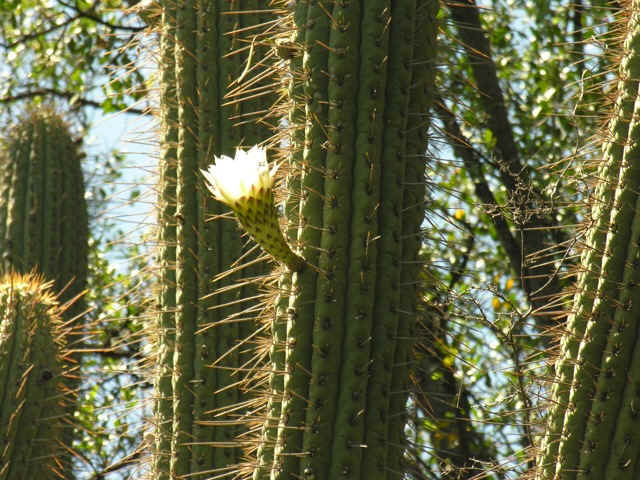
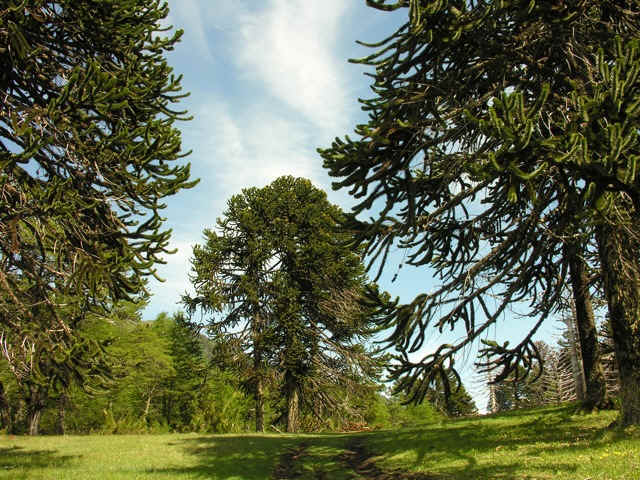
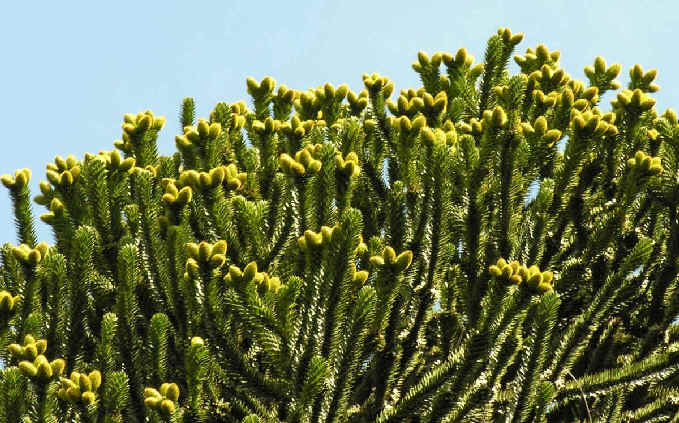
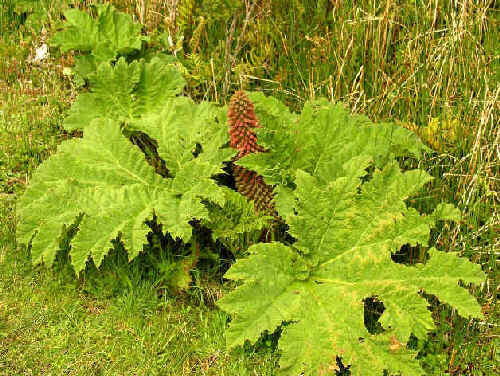
![]()